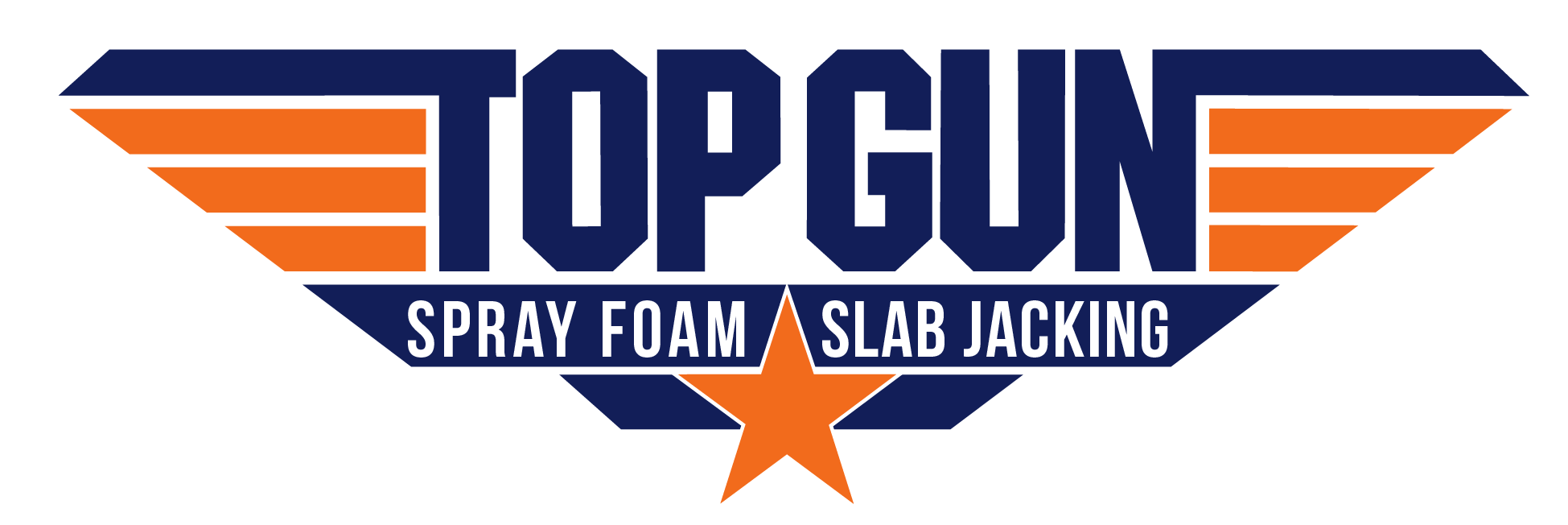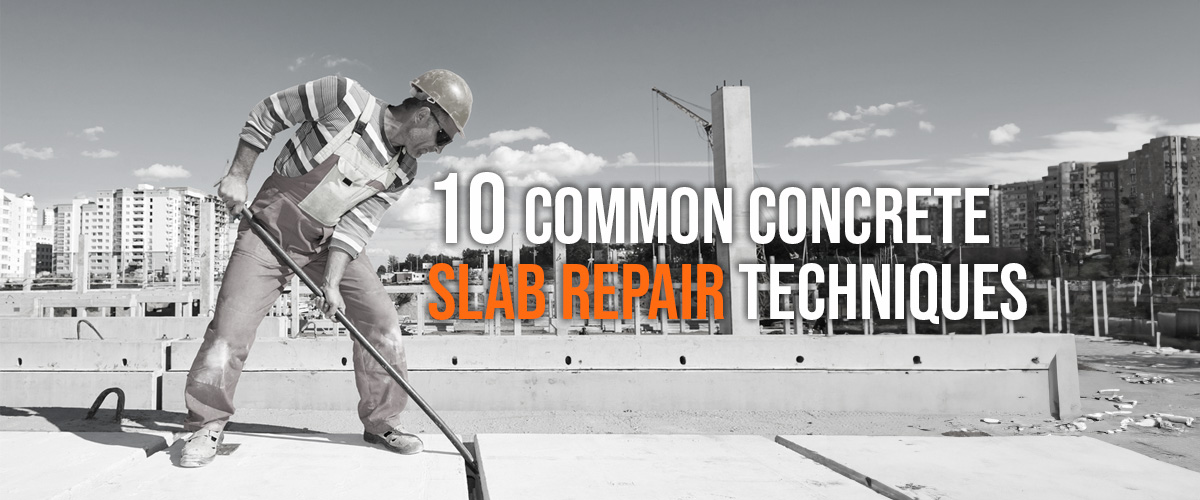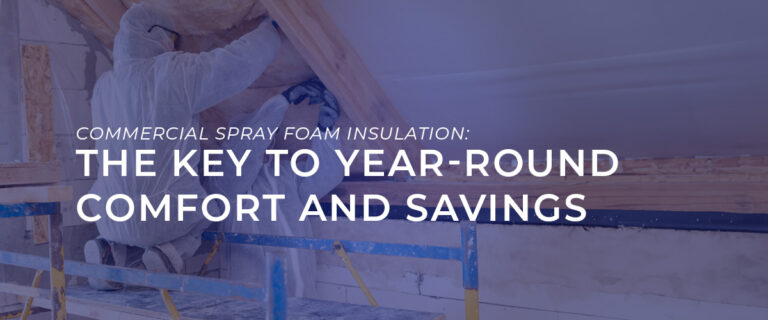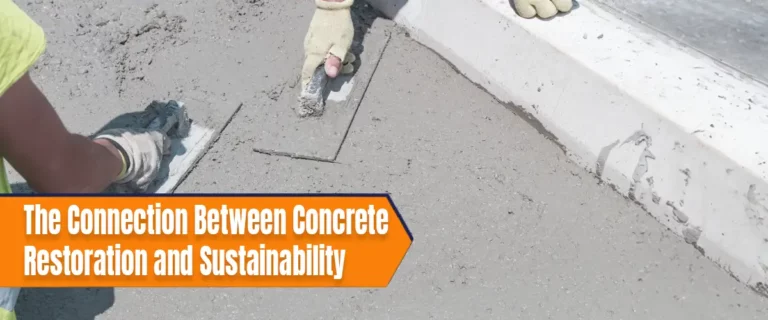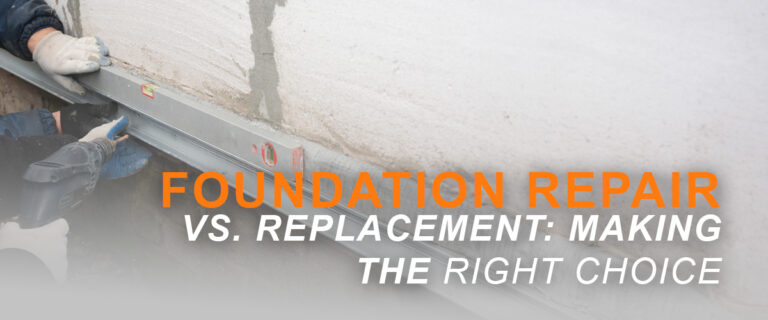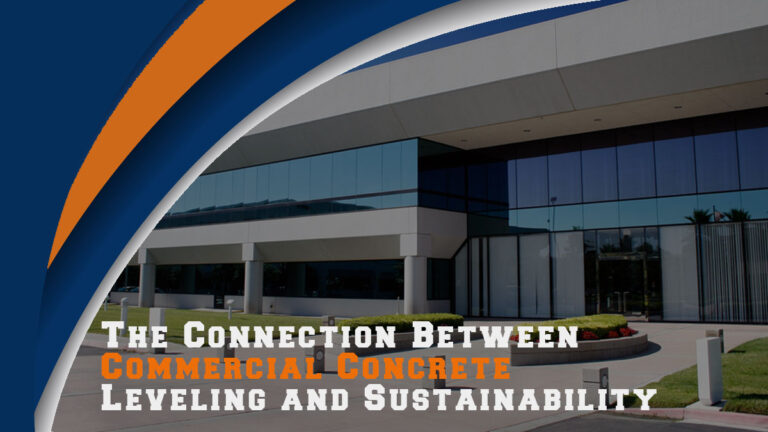10 Common Concrete Slab Repair Techniques
Concrete slabs are ubiquitous in our built environment, serving as the foundation for homes, driveways, patios, and industrial structures. They provide stability and durability, but wear and tear can result in several types of problems that require repair over time.
Meanwhile, this article will explore ten standard concrete slab repair techniques to help you understand how to address these issues effectively.
Concrete is an incredibly resilient material, but it’s not immune to damage. Weather, heavy loads, and soil movement can all contribute to the deterioration of concrete slabs. In the long run, ignoring these concerns could result in more severe complications and expensive repairs.
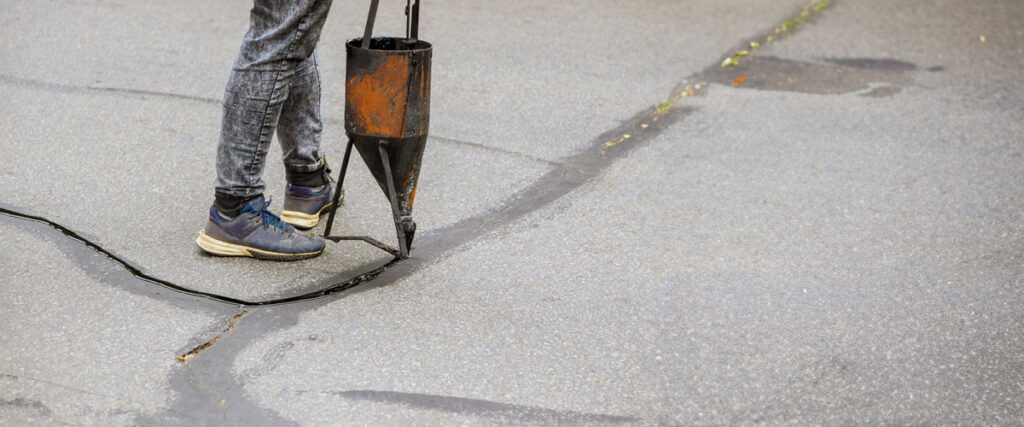
1. Surface Crack Repair
Repairing surface cracks in concrete slabs involves several steps.
- First, clean the crack to remove debris and loose concrete.
- Then, choose an appropriate crack filler or sealant based on the crack’s size and depth.
- Lastly, fill the crack, ensuring it’s level with the surrounding surface, and finish by smoothing it out.
Various crack fillers and sealants, including epoxy-based products and polyurethane sealants, are available. The choice depends on the specific needs of the repair and the type of crack you’re addressing.
Promptly addressing surface cracks is essential because they allow moisture to penetrate the concrete, leading to further damage, such as freeze-thaw cycles causing expansion and contraction.

2. Concrete Resurfacing
Concrete resurfacing is an excellent technique for rejuvenating worn or damaged slabs. It entails covering the current surface with a thin layer of fresh concrete. This not only restores the appearance but also adds strength.
The materials and tools needed for resurfacing include a concrete overlay mix, a trowel or squeegee, and a bonding agent. The bonding agent ensures proper adhesion between the old and new concrete layers.
Concrete resurfacing offers benefits such as improved aesthetics, added durability, and the ability to correct minor surface imperfections.
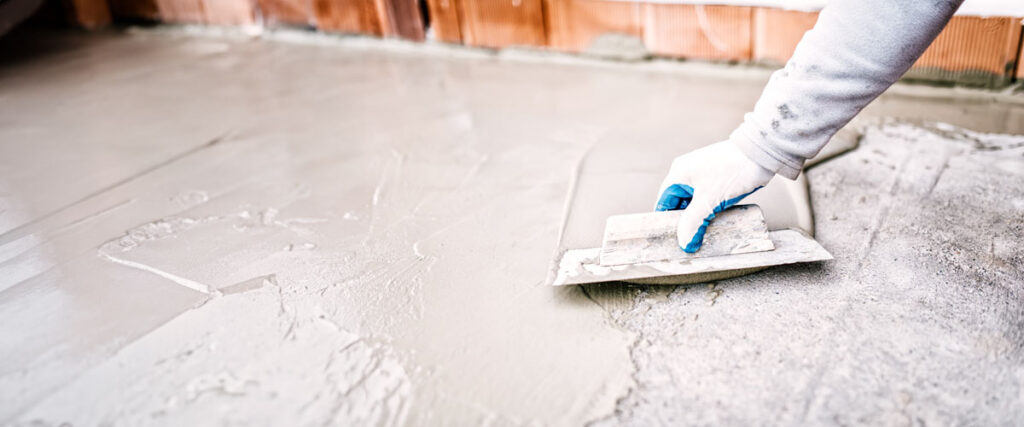
3. Concrete Patching
For larger holes and depressions in concrete slabs, patching is the go-to solution. The process involves:
- Cleaning the damaged area
- Applying a bonding agent
- Filling the gap or depression with a patching material
It’s essential to follow manufacturer instructions for mixing and applying the patch. Patching materials vary, with options like ready-to-use concrete patch mixes, mortar, and specialty repair compounds. Each has its application depending on the repair’s size and requirements.
Achieving a smooth and durable patch requires proper preparation and finishing techniques. This ensures that the repaired area blends seamlessly with the surrounding concrete.
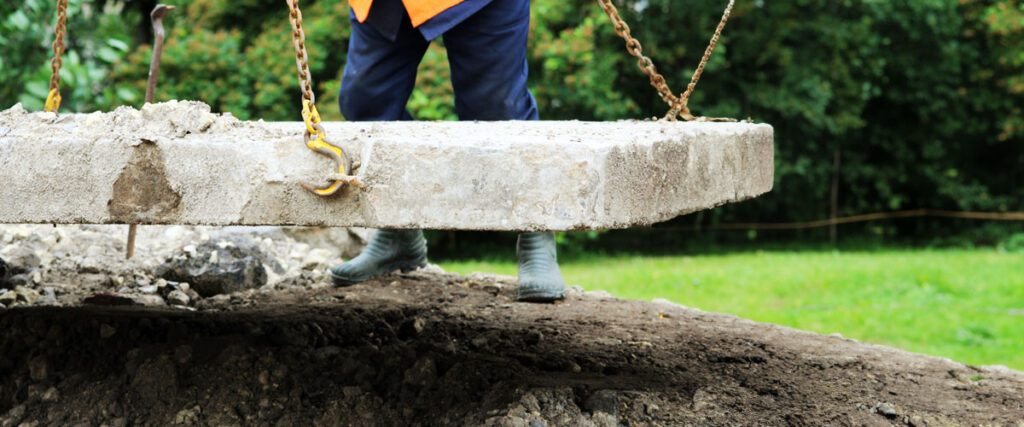
4. Slab Lifting and Leveling
Uneven or sunken concrete slabs are unsightly and pose safety hazards. Slab lifting techniques are used to correct these issues. Standard methods include mudjacking and polyurethane foam injection.
Mudjacking involves drilling holes into the concrete and injecting a slurry mixture to raise the slab. Polyurethane foam injection, on the other hand, uses expanding foam to lift the slab to its desired level.
A level concrete slab is essential for safety and aesthetics. Properly leveled slabs also help prevent water from pooling and causing further damage.
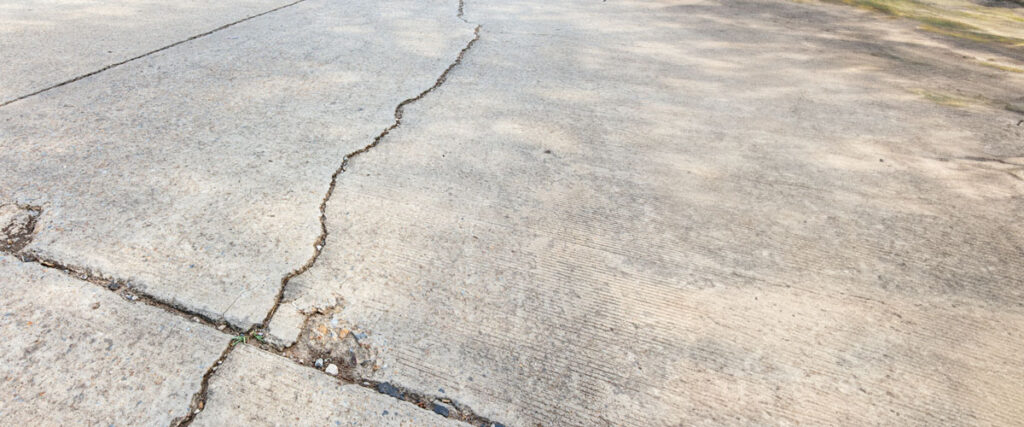
5. Crack Stitching
Structural cracks in concrete slabs require more robust repair techniques. Crack stitching involves using epoxy-coated steel rods or staples to bridge and stabilize the shot.
The choice of stitching material depends on the severity of the crack and the structural requirements. Epoxy-coated steel rods offer excellent strength and durability. Maintaining structural integrity is crucial when repairing structural cracks. Properly executed crack stitching ensures the slab’s continued stability.

6. Epoxy Injection
Epoxy injection is an effective method for repairing deep or wide cracks in concrete slabs. This material is injected into the gap to bond and seal it. The process typically includes:
- Drilling holes along the crack’s path
- Injecting epoxy under pressure
- Sealing the holes
This creates a strong and watertight repair. Epoxy injection offers advantages such as high strength, durability, and the ability to restore the concrete’s load-bearing capacity.
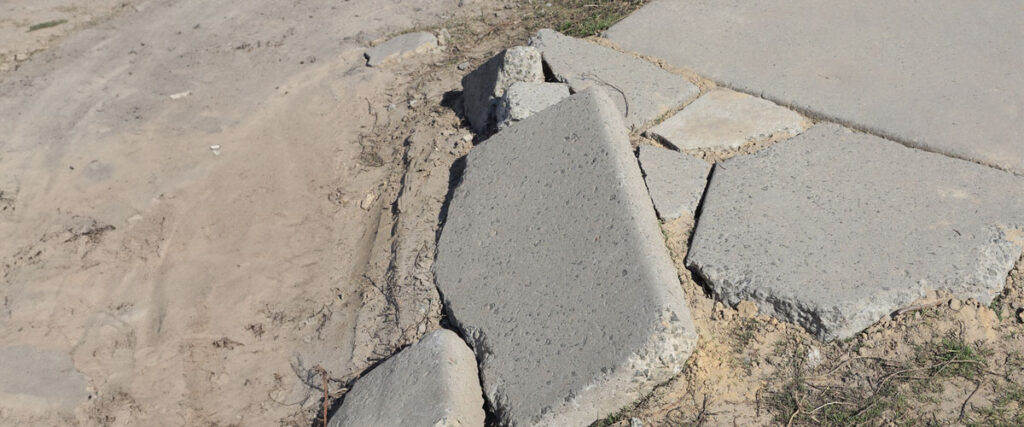
7. Expansion Joint Repair
Expansion joints are crucial in concrete slabs to allow for expansion and contraction due to temperature changes. Properly maintained expansion joints prevent cracks from forming.
Repairing and maintaining expansion joints involves cleaning out debris and damaged material and applying new joint filler or sealant.
Preventing future expansion joint issues requires regular inspection and maintenance to ensure they can continue to accommodate movement.

8. Concrete Overlay
Concrete overlays are an excellent way to refresh the appearance of concrete slabs. They involve putting down a thin concrete coating or a decorative overlay on the existing surface. Cosmetic overlay options include:
- stamped concrete
- stained concrete
- even decorative tiles
These options can provide both aesthetic improvements and added durability. Concrete overlays are known for their durability and longevity, making them a cost-effective solution for enhancing the appearance of concrete surfaces.

9. Spalling and Scaling Repair
Spalling and scaling are common concrete issues caused by freeze-thaw cycles, moisture, or improper de-icing agents. Repair techniques include patching and resurfacing.
Patching involves:
- Removing the damaged concrete.
- Applying a bonding agent.
- Filling the area with a suitable patching material.
Resurfacing covers the entire surface to address widespread spalling or scaling. Use appropriate de-icing agents to prevent future spalling and scaling, regularly seal the surface, and address drainage issues.
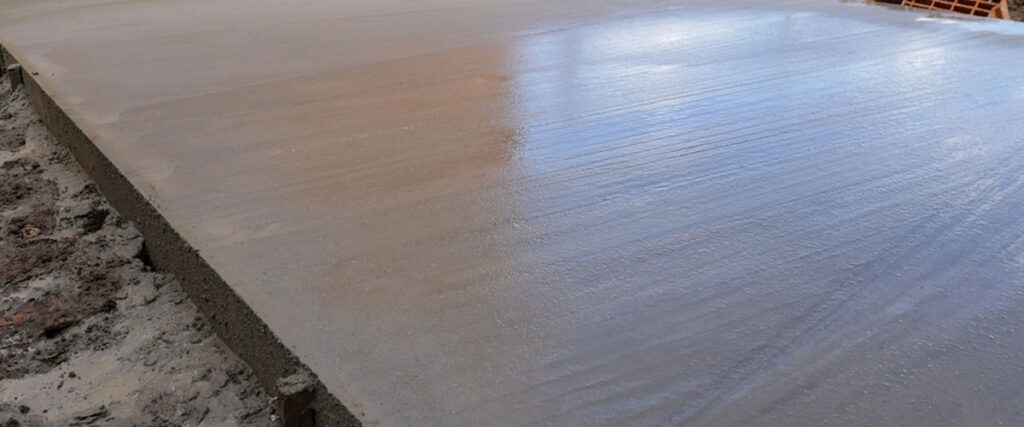
10. Preventative Maintenance
To increase the lifespan of concrete slabs, regular maintenance is essential. Homeowners and property managers should inspect concrete surfaces regularly for signs of damage or wear.
Practical maintenance tips include cleaning the surface, addressing cracks promptly, and keeping the area clear of heavy objects that could cause damage. Early detection and repair prevent minor issues from escalating into costly repairs.
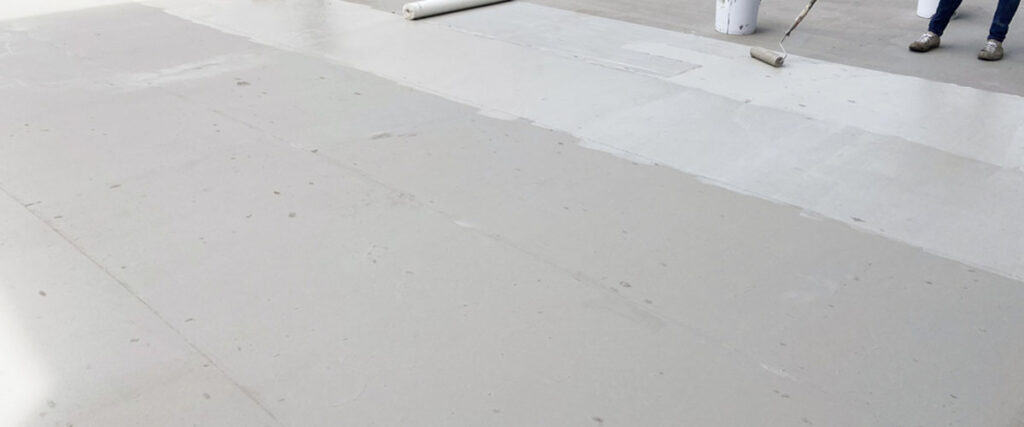
Concrete: Cracks Be Gone, Slabs Shine On!
Concrete slab repair is critical to maintaining your structures’ integrity and longevity. By addressing common issues promptly and employing the appropriate repair techniques, you can ensure that your concrete slabs remain functional and aesthetically pleasing for years.
Lastly, we encourage readers to take action when they notice concrete issues and seek professional help for complex repairs. Remember that timely maintenance saves you money in the long run and contributes to your property’s safety and value.
